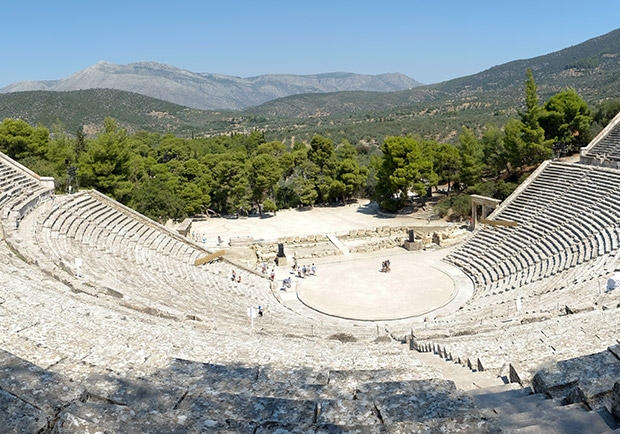Nikos Gatsos' "Amorgos" is published
TweetDuring the Occupation, a tall and stern young man publishes a poetic composition called "Amorgos," which was to become a milestone in Greek literature. Nikos Gatsos (1911-1992), known among the 1930s generation for his profound intellect and education, was the poet. "Amorgos" is a surrealist work, much of which was written using the automatic writing method. Although surrealism had already been introduced in Greece by Empiricos and Rados, "Amorgos" was a pioneering synthesis of surrealist aesthetics with Greek traditions.
Gatsos creates in it a dreamy mosaic of elements of Greek historical and cultural context. Thus, "Amorgos" is not a puzzling experiment with the unconscious, but a compact narrative, infused with melancholy, lyricism, and Greekness. Despite his dynamic debut in the poetic world, Gatsos did not complete any more poetic compositions. Instead, he chose to express his poetry in another field, the song, where he became more widely known as a lyricist. With his lyrics, Gatsos taught Greeks to sing poetry. Before him, nobody thought to sing about how "love transforms paper moons," how "time becomes a hill," and "thousands of graves line the bottom of the sea."
Nevertheless, Gatsos' linguistic instinct and the luck that brought him alongside the most talented Greek composers – revolutionized Greek song. Thus, the Greek songs' meaning became more profound and expressed the complex reality of the post-war era. Gatsos' lyrics were able to articulate both the darkest and the brightest moments in life. This conceptual wealth could not exist without Nikos Gatsos; it would not be an exaggeration to say that this wealth sprang from the "window of spring" that "Amorgos" created.
The "fragment" was added at the suggestion of Mr. Konstantinos M. Konstantinou.


